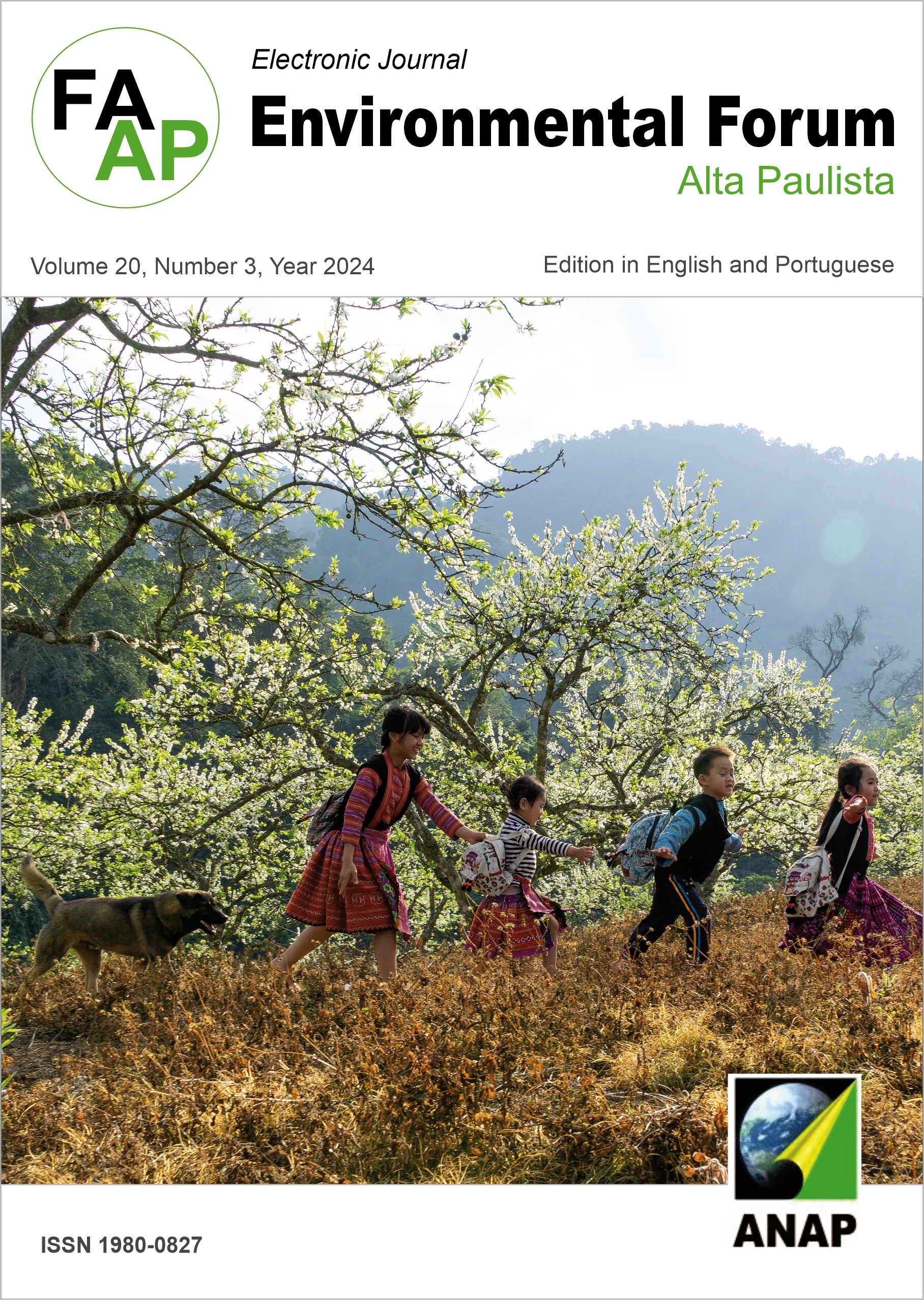Use of atmospheric modeling system to identify possible sources of pollution
DOI:
https://doi.org/10.17271/1980082720320243892Keywords:
Ozone, Hysplit, Cluster AnalysisAbstract
The increase in industrialization makes critical episodes of air quality degradation more and more common. In Pernambuco, similar cases can be observed in the vicinity of the Suape Industrial Port Complex, where this study found that, between 2017 and 2021, O3 was the pollutant that most exceeded the final standard established in national legislation (100 μg/m³). Therefore, this work aimed to identify the possible emission sources during critical pollution episodes. For this purpose, backward trajectories associated with cluster analysis were calculated using the Hysplit atmospheric model. The simulations showed that 89% of the trajectories that exceeded the final standard originated in the ocean, indicating the possibility that the NOx emitted by ships traveling on the coast is converted into O3 still in the sea and taken inland by the wind. The other 11% came from areas where port and industrial activities are carried out, indicating the possibility that ozone also has VOCs emitted by petrochemicals as precursors. These results demonstrate that modeling systems can be used satisfactorily in monitoring air quality, contributing to support decision-making by public authorities.
Downloads
Downloads
Published
Issue
Section
License
Copyright (c) 2024 Periódico Eletrônico Fórum Ambiental da Alta Paulista

This work is licensed under a Creative Commons Attribution-NonCommercial-ShareAlike 4.0 International License.












